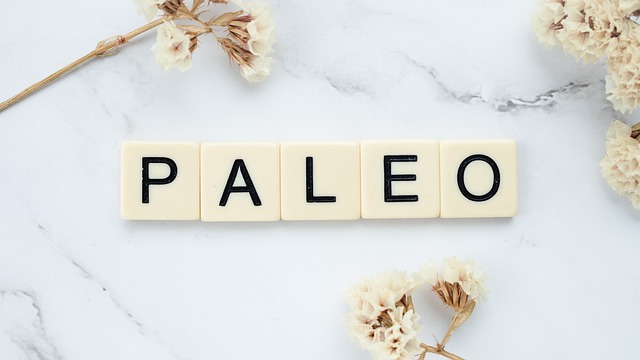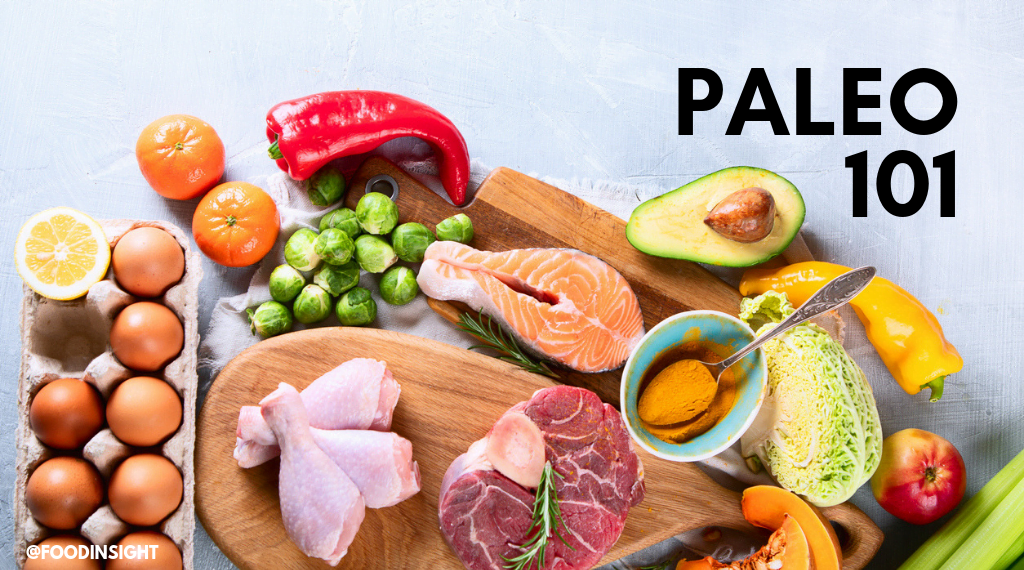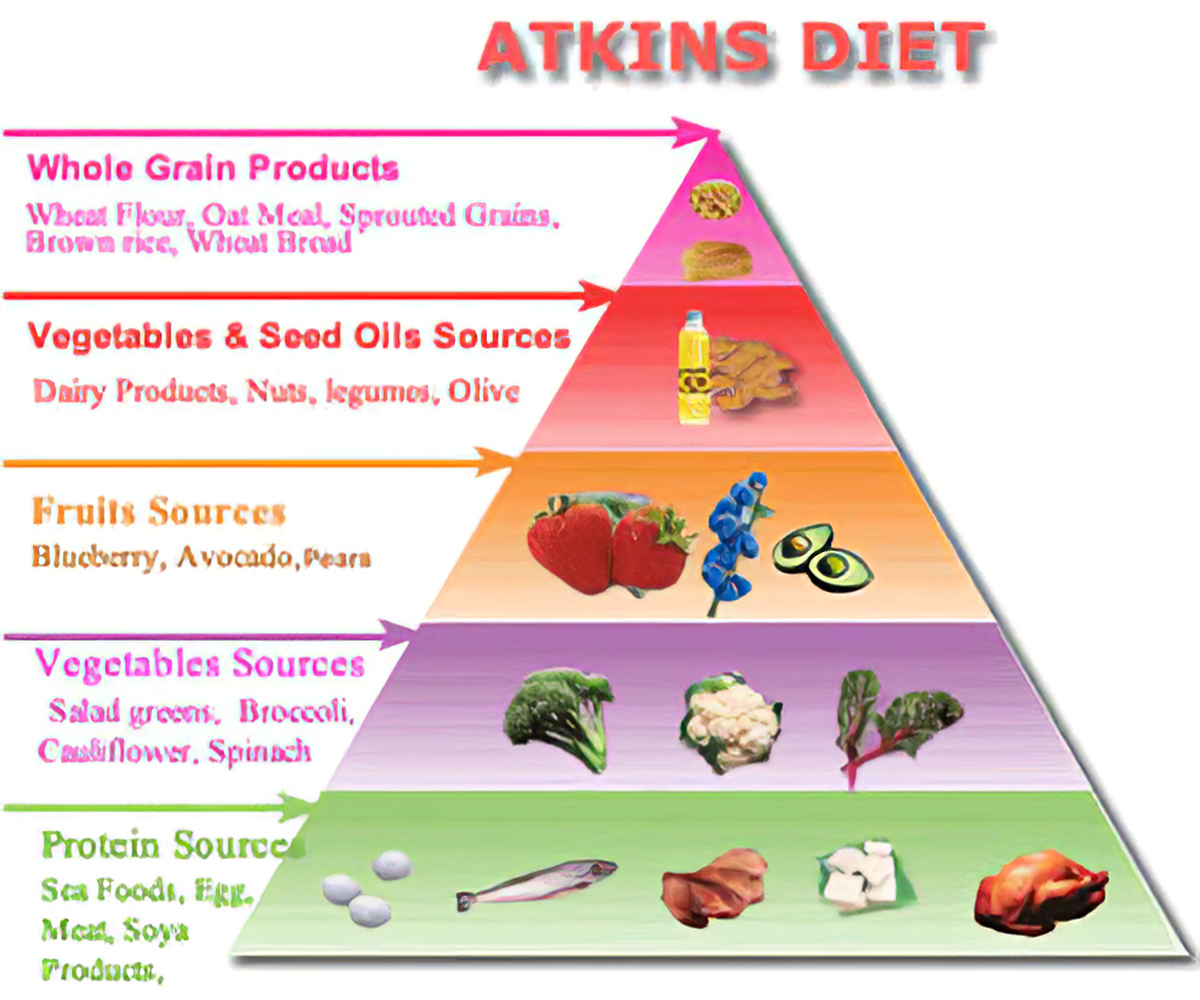
It might be a good idea to check out reviews about the Paleo diet, especially if you are new to it or have never tried it. We will discuss the potential health benefits and side effects of this diet, as well as its applicability. This diet focuses on whole grains, fruits, nuts, seeds, and fish (preferably wild and sustainable). It excludes meat unless you're bow hunting in the wild. The diet contains moderately high amounts of dairy, which can be a good source to calcium. And it includes whole grains and legumes.
Problems with the Paleo diet
There are many issues with the Paleo diet. Not only is it too high in meat and eggs, it also rejects many healthy foods, including dairy and grains. The Paleo diet does not have scientific support, despite its apparent benefits. Here are some common issues associated with this diet. These are the most common Paleo diet issues. Make sure you weigh all your options before making the switch.
Paleo diet is based on the belief that humans evolved to eat fish and meat. Since the Arctic has very few edible plant species, these people were capable of adapting to a lack of food and remaining healthy. Paleo prohibits eating grains. However, there are also plenty of benefits to this diet, and incorporating it into your diet can help you get lean and fit in no time.
Potential health benefits

The high-protein and low-carbohydrate aspects of the Paleo diet may have some benefits for people with metabolic health conditions. The diet's reduced intake of sugars, which are often associated with insulin resistance, increases the body's ability to process glucose and increases insulin sensitivity. It may also help people with autoimmune disorders, since the absence of grains and legumes reduces the body's intake of these foods. But it is important that you avoid whole grains. This can decrease the intake of good nutrients and increase the chance of developing diabetes or cardiovascular disease.
A recent study in the American Physiological Society found that the diet helped reduce biomarkers for inflammation. This may help to lower prescriptions in patients with type 2, according to the American Physiological Society. Additional research is necessary to confirm these benefits and to determine if it can reduce medication. Although the diet does discourage the intake of highly processed foods, many people have experienced significant benefits of the diet. Paleo doesn't require that you give up processed foods such as breads, pastas, or sugary sodas.
Possible side effects
Paleo diets may have side effects that are related to the lack of cereal grains. Eliminating cereal grains from your diet will result in a decrease in fiber intake and B vitamins. These are vital for controlling blood sugar levels. Eliminating grains may increase your risk of developing chronic diseases such as diabetes. In addition, cereal grains also contain important nutrients like iron and magnesium, which can lower cholesterol and protect your body from chronic diseases. However, if you have been eating cereal grains for a long time, you need to be aware of the possible side effects of the paleo diet.
Bad breath is one the most prominent side effects of Paleo. This side effect can vary from person to person and is dependent on your diet and metabolism. If you are in a state of ketosis, your breath may smell particularly foul. Your gut may also be more likely to produce hydrogen sulphide if you eat more protein. This can lead to unpleasant burps, including a smell that resembles eggs.
Applicability

The Paleo diet is not supported by adequate research, despite the many claims about weight loss and healthy living. The diet excludes or limits certain food groups, such grains and dairy products. This can result in high levels of saturated fat and other key nutrients being lost. This makes it somewhat dangerous. Here are some reasons you shouldn't follow the Paleo diet.
In addition to the lack of dairy protein, the Paleo diet promotes the consumption of lean meat. It also has the potential to function as part of a periodized nutrition plan for strength and power athletes. The diet may be more restrictive during the off-season while becoming more flexible during the sport season. This allows athletes to include more CHO in their diets during the sport season. It may be challenging for strength/power athletes, however, to stick to this diet plan.
FAQ
Can you become a self-taught chef?
Self-taught cooking is possible! No matter how much you know, cooking is something that everyone enjoys. You can learn to cook by starting at home. Start small, like making pancakes for breakfast or spaghetti sauce for dinner. Experimenting with new recipes is the best way to learn to cook. You might even make some mistakes.
The time it takes to learn to cook can vary from just a few hours up to several weeks, depending upon your skill level. It's important that you remember that cooking does not mean following a recipe. There are so many ways to prepare food.
What is the cost of a culinary school?
The cost of a culinary school depends on where you are, how much you study, and what program or course you choose. Tuition costs range from $10,000 to $30,000. Students graduate with approximately $20,000 of debt. However, some programs offer scholarships, grants, and work-study opportunities.
How do I become a Chef?
There are many options for becoming a chef. Start by enrolling in a class at a vocational school or community college. Consider attending culinary school. Finally, consider a paid internship.
How Do I Learn About Cooking?
There are many cooking classes available all over the country. Many schools offer classes in baking, pastry, wine tasting, and more. You can take a class at your local vocational school or community college if you are interested in learning more about cooking.
What are the benefits of using a slow cooker?
Slow cookers can be very helpful because you can prepare delicious meals quickly. Slow cooker recipes are healthier than traditional ones because they use less oil and fat. Additionally, slow cookers are more convenient than traditional recipes because they take care for themselves while you're sleeping.
How do I learn to cook like a professional?
Cooking can be a great way for you to grow as a person. Cooking healthy meals for your family and friends is a great way of increasing self-confidence and learning new skills. You can learn to cook at home if your goal is to become a good cook. It is important to discover what type of recipes you enjoy. You can then read books about other cuisines like Mexican, Chinese and Italian. Finally, you can practice cooking different dishes until your skills are perfect.
Is there any special equipment that is required to cook?
No, you don't need any special equipment to learn to cook. The right tools can make cooking much easier. To make pasta easier, you can use a knife to cut the pasta and a whisk to whip up egg whites to stiff peaks. Having the right tools makes cooking less intimidating and allows you to start faster.
Statistics
- In the United States, the category is estimated at $23.2 billion annually and is growing faster than the market. (washingtonpost.com)
- under 10 Kids have been taught that there is special food just for them, and Fiese says that 10 percent of kids will throw a tantrum if they don't get the food they want. (washingtonpost.com)
- The median pay for a chef or head cook is $53,380 per year or $25.66/hour, according to the U.S. Bureau of Labor Statistics (BLS). (learnhowtobecome.org)
External Links
How To
How to cook a steak
The type of meat you are cooking will determine the right method to use. Thicker steaks can be cooked on a low heat. Thicker steaks need to be cooked at higher temperatures.
They will lose their flavor if they are overcooked. Remember to take your steak out of the oven when it's done. You won't burn.
Cooking time will depend on the size of your steak and the desired level of doneness. Here are some general guidelines:
Medium Rare: Cook till medium rare. This is when the internal temperature of the food reaches 145°F (63°C). This should take between 3 and 5 min per side.
Medium: Cook the meat until it reaches 160°F (71°C). This usually takes only 6 minutes per side.
Cook well until done. That means that the internal temp reaches 180degF (82degC). This typically takes 8-12 minutes per side.